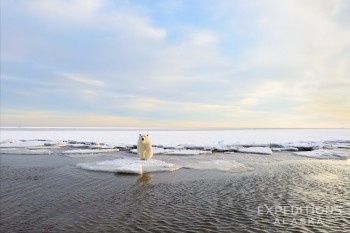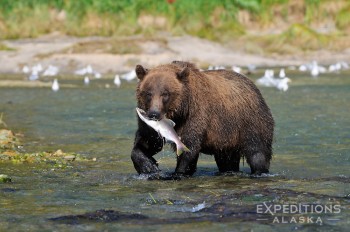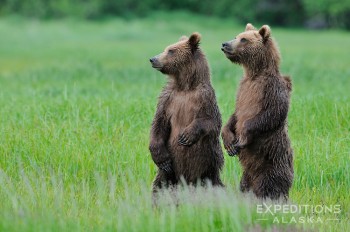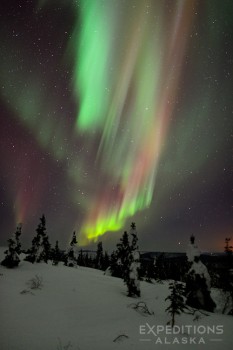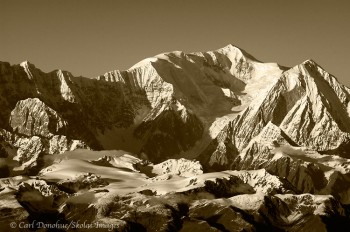
An aerial photo from the St. Elias Mountain Range, converted to B&W in photoshop. Wrangell-St. Elias National Park and Preserve, Alaska. Please click on the image above to view a larger version of the photo.
Hey Folks,
Someone asked me recently, “What’s a blog?” And after I got over the initial shock and wonder, repeatedly asking myself “is he (yes, he) for real?”, I tried my best to answer.
Seriously, what IS a blog? I guess it’s a journal or diary. Or a news outlet. Or a discussion forum. Or about a million other things.
Technically, the root of the term comes from the longer word “weblog”, meaning a log, on the web. Log like a record of some kind.
But what IS it? For me, it’s a double edged sword; a chore and a hobby. It’s work, sometimes, and sometimes it’s great fun. And sometimes it’s a pain in the a&&; especially when I have nothing of interest to write about, or when my blogging platform, wordpress, causes me no end of headaches and pain and grief as I try to solve some problem I’m having with the site. A site without a dynamic component, like wordpress, can be MUCH easier to handle than a blogging platform. If you folks out there had any idea how much of my life has been wasted as I’ve sat and stared at a screen wondering ‘now why the hell doesn’t it work’, you’d send money. Or drugs. Or money and drugs. Or, well, something. It’s ridiculous.
But I digress. Which is fine, of course, because it’s a blog, and it’s my blog, and I’m allowed to digress. Continue reading →
